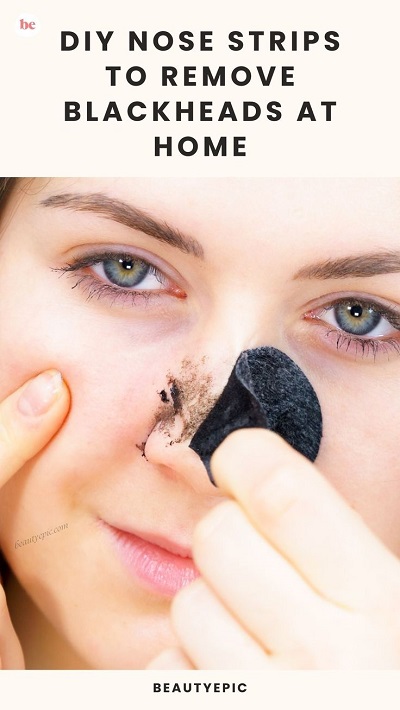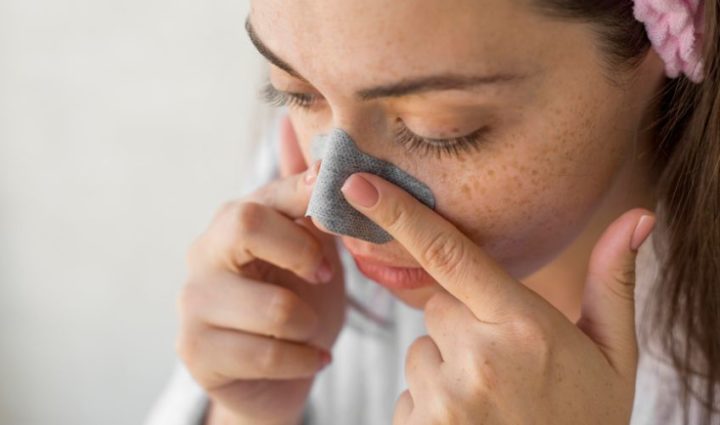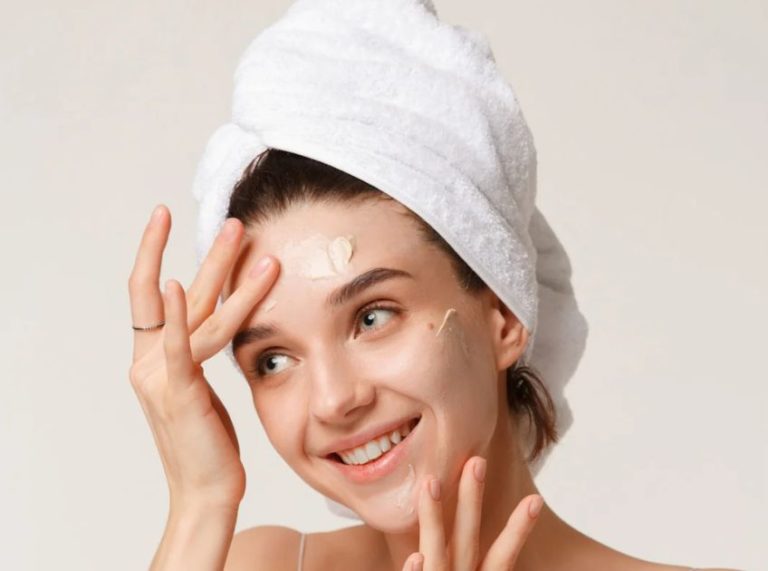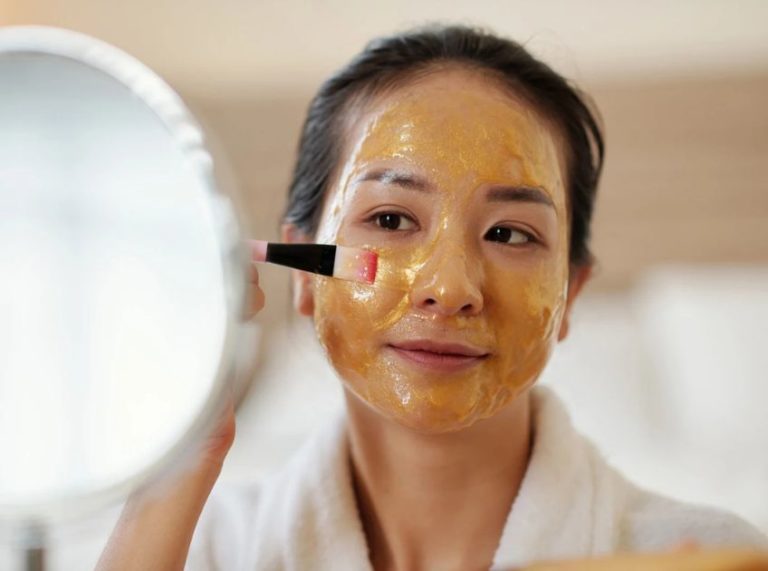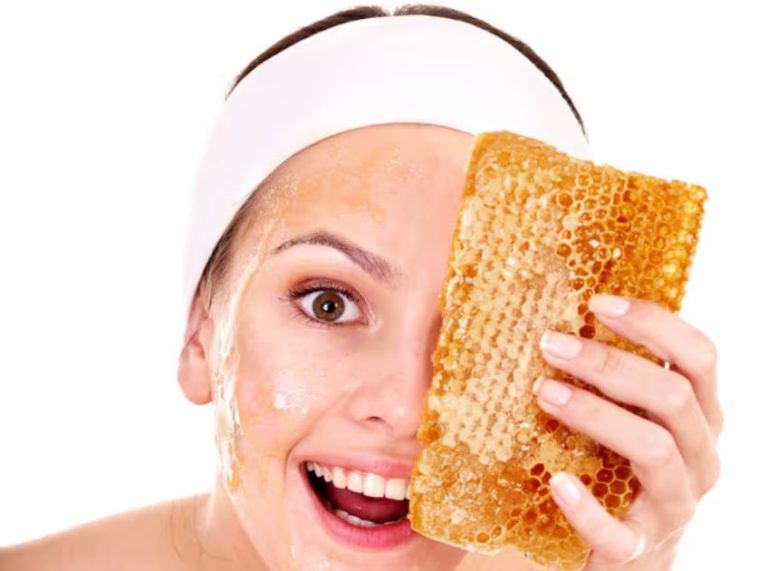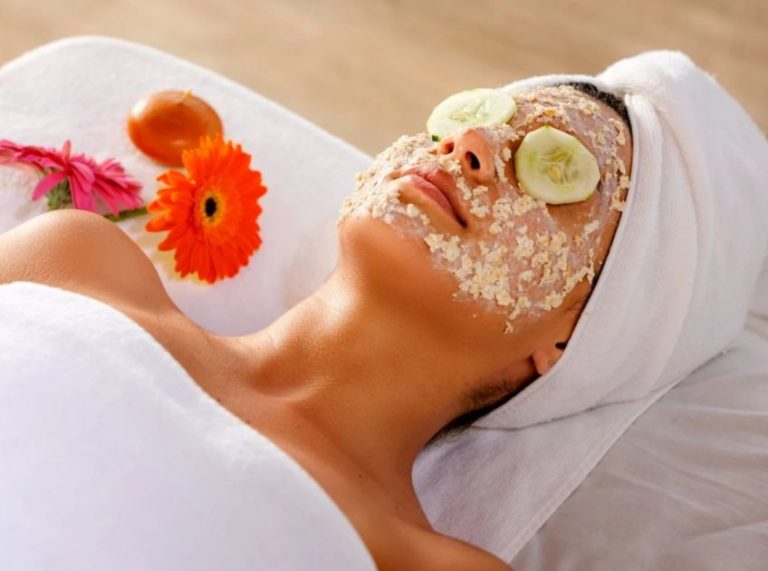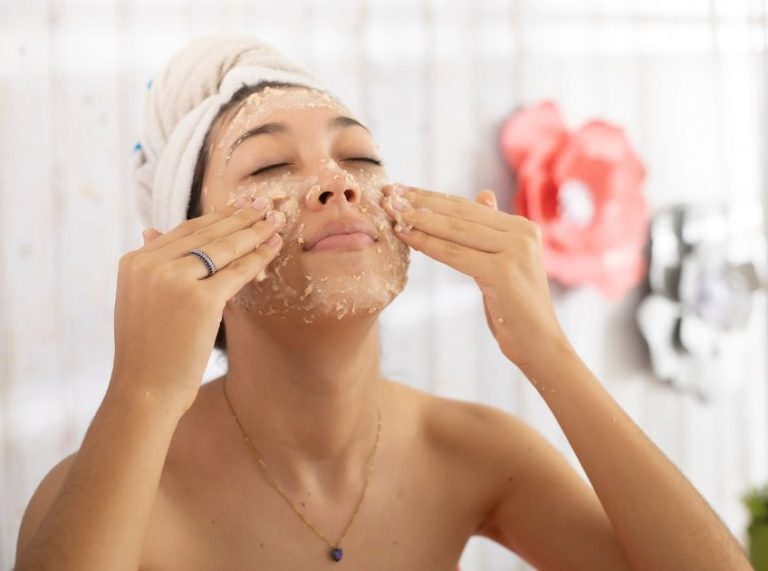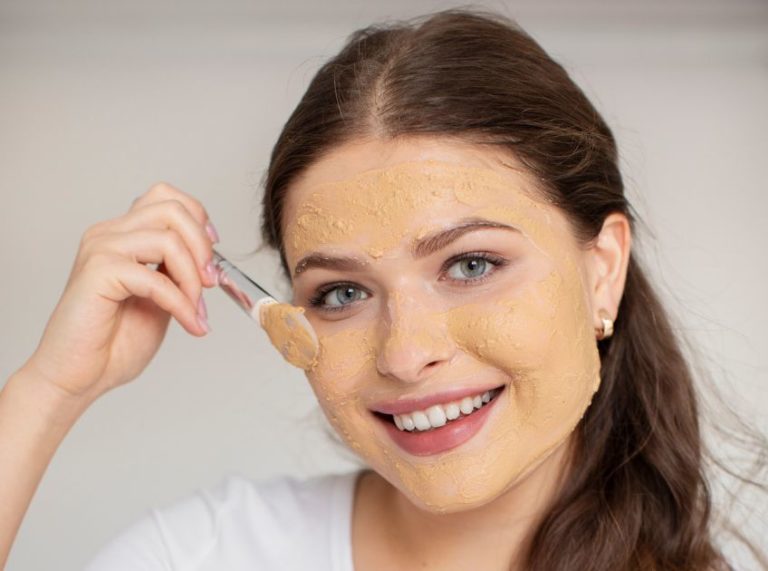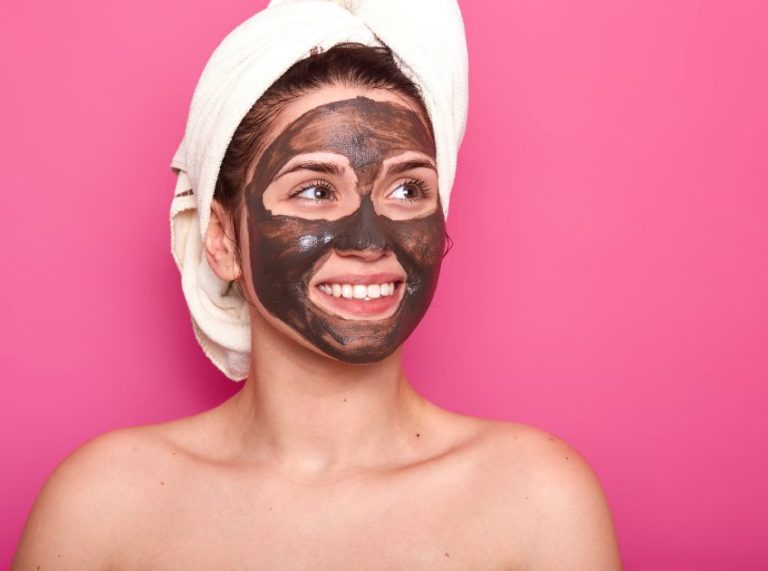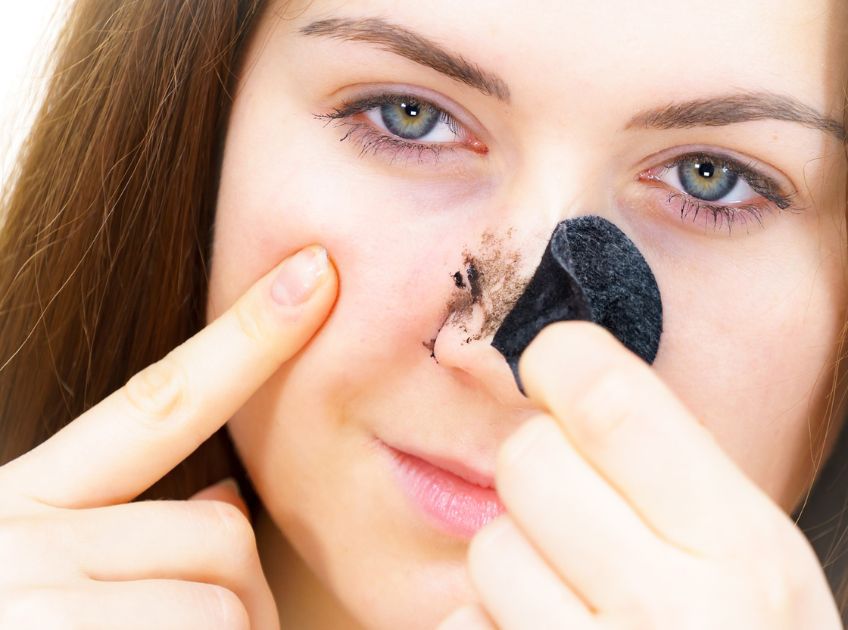
Important: This article is for informational purposes only. Please read our full disclaimer for more details.
Blackheads—those stubborn, tiny dark spots on your nose—are among the most common skincare frustrations. They form when pores get clogged with excess sebum, dead skin cells, and environmental impurities. While store-bought pore strips are popular, they’re often expensive, harsh on the skin, and loaded with chemicals.
That’s where DIY nose strips come in. Creating your own pore strips at home lets you control the ingredients, avoid unnecessary irritants, and achieve effective blackhead removal without breaking the bank. But do they actually work? Let’s dive into the science, recipes, and safer alternatives so you can make an informed choice.
Do DIY Nose Strips Really Work?
DIY nose strips can temporarily remove surface-level blackheads, dirt, and oil by adhering to debris inside pores and pulling it out as you peel the strip away. However, results may vary depending on the ingredients you use and your skin type.
According to a 2021 study published in the Journal of Cosmetic Dermatology, pore-adhering agents like gelatin and polyvinyl alcohol can effectively remove superficial debris from clogged pores (1). But the researchers also noted that repeated mechanical extraction may irritate sensitive skin and worsen inflammation in acne-prone individuals.
In short: DIY nose strips work best as a quick fix, not a long-term solution.
How to Make Homemade Pore Strips
Here are two dermatologist-approved DIY recipes that are gentle, effective, and safe when used occasionally:
1. Gelatin & Milk Nose Strips (Most Popular)
This is one of the most widely used DIY methods because it creates a peel-off mask that sticks to blackheads without being too harsh.
Ingredients
- 1 tablespoon unflavored gelatin
- 1 tablespoon milk
How to Use
- Mix gelatin and milk in a small microwave-safe bowl.
- Heat for 10–15 seconds until it forms a smooth paste.
- Let it cool slightly, then apply a thin layer over your nose.
- Wait 15 minutes until it fully dries.
- Peel gently from the edges and rinse off any residue.
Why It Works
Gelatin acts as a binding agent, attaching to blackheads and impurities, while milk’s lactic acid helps gently exfoliate the skin.
2. Honey & Egg White Strips (Gentle & Nourishing)
This recipe not only removes blackheads but also nourishes the skin with natural antioxidants.
Ingredients
- 1 egg white
- 1 teaspoon honey
- Thin tissue paper or cotton strips
How to Use
- Whisk the egg white and honey until frothy.
- Apply a thin layer over your nose.
- Place tissue paper on top and add another coat of the mixture.
- Let it dry completely (15–20 minutes).
- Peel slowly and wash your face with lukewarm water.
Why It Works
Egg whites tighten pores temporarily, while honey’s antibacterial properties help prevent further clogging. A 2020 review in the Journal of Clinical and Aesthetic Dermatology highlights honey’s role in reducing acne-causing bacteria (2).
Avoid These DIY Pore Strip Recipes
Not every viral skincare hack is safe. Some DIY recipes can damage your skin barrier and cause irritation.
Skip these unsafe methods:
Glue-Based Strips
- White glue contains industrial adhesives that can irritate the skin and lead to redness or rashes.
Charcoal Without a Binder
- Using loose charcoal powder without a proper base can scratch the skin’s surface.
Baking Soda or Lemon Juice Mixes
- Baking soda is highly alkaline and can disrupt your skin’s natural pH balance, while lemon juice increases photosensitivity, raising your risk of sun damage.
Dermatologists warn that harsh DIY recipes can cause micro-tears in the skin and even worsen acne. Always stick to gentle, skin-safe ingredients.
Safe Alternatives for Blackhead Removal
If you want long-term solutions beyond DIY nose strips, try these dermatologist-approved treatments:
1. Salicylic Acid Cleansers
Salicylic acid is a beta hydroxy acid (BHA) that penetrates deep into pores, dissolving oil and unclogging debris. A 2018 study in the Journal of Dermatological Science confirmed its effectiveness in reducing blackheads and preventing new ones (3).
2. Retinoids
Topical retinoids increase cell turnover, helping to keep pores clear and reducing blackhead formation. Products containing adapalene or tretinoin are highly recommended.
3. Professional Extractions
Licensed dermatologists or estheticians can safely remove blackheads using sterile tools without damaging your skin barrier.
Frequently Asked Questions (FAQ’S)
1. How often can I use DIY nose strips?
A.Limit use to once every 1–2 weeks. Overusing them can irritate skin and enlarge pores over time.
2. Do DIY pore strips shrink pores?
A.No. Pore strips remove surface debris but don’t permanently reduce pore size. Temporary tightening may occur, but your pores return to normal within hours.
3. Are DIY nose strips safe for sensitive skin?
A.Yes—if you choose gentle recipes like honey & egg whites and avoid harsh adhesives or acids. Always do a patch test before applying anything to your nose.
DIY nose strips can be a fun, affordable, and effective way to remove blackheads occasionally, but they’re not a permanent fix. For long-lasting results, combine safe at-home recipes with dermatologist-approved treatments like salicylic acid, retinoids, and professional extractions.
